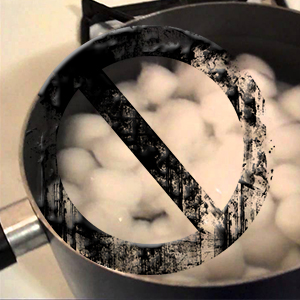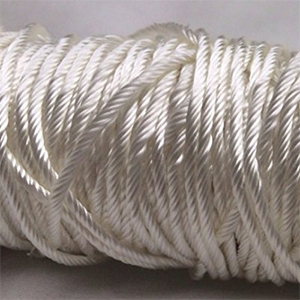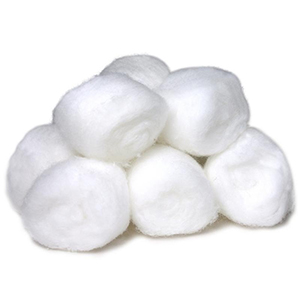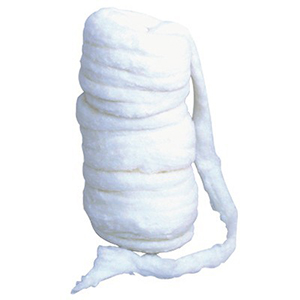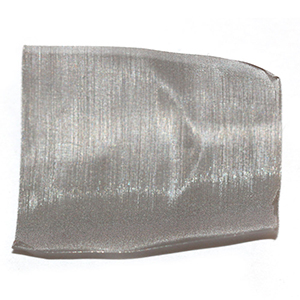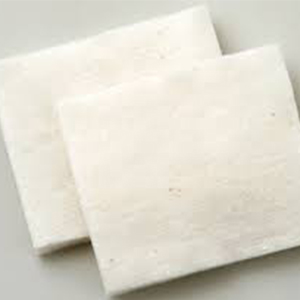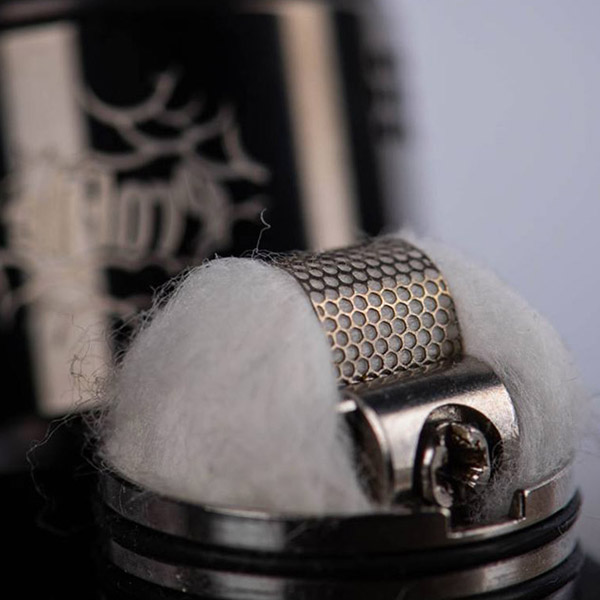
A wick is a wick, right? If only life were that simple. We are about to get down and dirty with the different wicking materials on the market and find out what each one is good for and which ones to avoid like the plague. For vapers, life is no longer as simple as a cotton ball or a piece of silica wool for sticking into or under their coils. We’re going to figure out which wick works best for different devices.
Don’t Boil Anything
Before we get started into the list, I have to once again address the issue that I am asked about constantly by new vapers. I read on (insert Facebook group here) that before using cotton to wick my coils, I should first boil it. I addressed this on our sister site and gave an in-depth reason why boiling cotton is bad.
Silica Wick
Although it is rarely used by vapers, it seems to come as standard from the factory with most RDA’s. In my opinion, one of worst performers on the market as far as flavor production, but there is always some lying around the house in case I ever run out of everything else. For those that don’t know, Silica is just a shortened term for Amorphous Silica. Basically, it’s strands of wool twisted into a rope like form.
Organic Cotton Balls
For many vapers this was their first love, the first wick they’ve used that gave great flavor, and for me personally, it’s number 4 on my list of best wicks even now. Simple to use and versatile across all devices, however, the only downside to this wick is its lack of heat resistance. Most people hate unrolling cotton balls, but I find it relaxing. They are easy to work with, super absorbent and for a couple of dollars you have enough wicking material to last you for months.
Cellucotton Rayon Fibers
According to the world-wide web, rayon is “manufactured regenerated cellulose fibers,” which is a fancy way of saying it’s a man-made product made out of wood pulp. Cellucotton is the name of a brand of pure synthetic cellulose fibers. There’s been substantial debate regarding the safety of this product for vaping, as well as it’s quality. I’ve personally purchased a 50 foot box over a year ago and it still contains 49 and a half feet. It worked well for a short time and the flavor it produced was amazing, but as soon as it touched a hot coil while it was dry, it melted instantly.
Stainless Steel Mesh
Although I haven’t personally used it (the whole process I have seen on video to use this stuff scares me, generally because I am to lazy to follow all the steps required), I have heard great things from those that actually have this in their RTA’s. Using a tube of mesh inside the coil allows it to work like a drinking straw and is ideal for small tank based systems where the amount of any other material you tried to use would be useless due to limited space. Just make sure that you don’t buy any with nylon threading in the mesh, as it will melt quickly.
Japanese Organic Cotton
A favorite among many hardcore vaping enthusiasts, it is exceptional to work with for almost any device. It is as pure as the driven snow, sucks juice into your coils with ease and is forgiving if you accidentally take one too many hits. It comes in 2 inch square pads, each a quarter of an inch thick, and with all the fibers laying in the same direction, making it effortless to work with. As soon as you have figured out the sweet spot for the build you are using, it quickly becomes second nature to snip off the right amount and slip it through your coil. Its power to pull juice to the coil quickly puts it ahead of the game and its short break in period makes it legendary.
Rolled Pima Cotton
One of planet earths first genetically modified crops, Pima Cotton is 100% made in the USA. The product itself is an amalgamation of the absorbent power of Japanese Cotton, with the flavor production of the Cellulose Rayon. There are currently two manufacturers vying for the top spot in this market, F5 and Native Wicks, and to be honest, I can find no difference between the two. It is simple to use straight off the roll, produces almost no waste if you use it right and you can set it on fire… then re-drip on it and it’s like the flames never happened. Yes, it’s just that good.
Final Thoughts
Finding the right wick is like finding the right RDA or Mod. It ultimately comes down to finding what works best for you personally. Ask around for advice, there are vapers everywhere now, and what works for them might be what works for you. However, you’ll never know until you experience these wicking materials for yourself.
As always, enjoy your vaporizer and vape safe!


